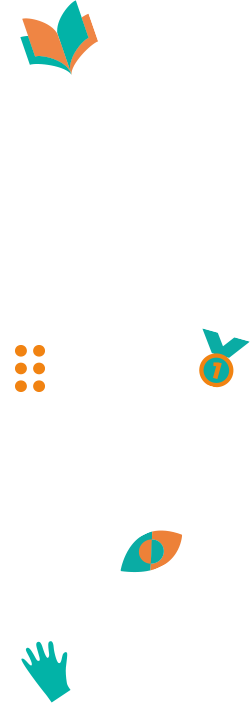In 2024, the Typhlo & Tactus international jury analyzed 69 designs from 17 participating countries for 2 days 1/2.
All the books
Page 6 / 15
Piku Peikko-runo (The tiny troll) - Hellin Tynell & Annukka Julkunen - Finland
Strong points:
- It’s fun to manipulate, to dress and to put several objects in place.
- The page numbers are marked with little pearls,
which is interesting for children. - Beautiful materials have been used, such as velvet and felt,
which we’re not used to touching. - The subject is Nordic culture, and it’s original.
- There is interaction between the reader and the illustration.
- This is a good book for young children, with the illustrations
in pieces of wood related to nature. - This is a book for libraries to listen to.
Proposition: Untie the other sprite and use a comb to comb the character’s hair.
Points to improve:
- The doll is too big.
- Contrasts are hard to distinguish.
- The pages are difficult to turn.
- Reading is boring.
- The hat does not fit the doll.
The jury’s opinion
Maitojoki (The Milk River) - Katja Meriluoto - Finland
Strong points:
- This is a strong, solid book.
- The image of the water with the bubbles is original.
- The story is interesting and starts straight away.
Points to improve:
- The materials are too identical, with lots of felt-tip pens.
It makes reading more difficult. - There are too many visual elements that make it
difficult to understand the plot by touch. - It lacks a story.
- The surface of the pages is not different enough images.
- Watch out for the safety pearls in brackets.
The jury’s opinion















































